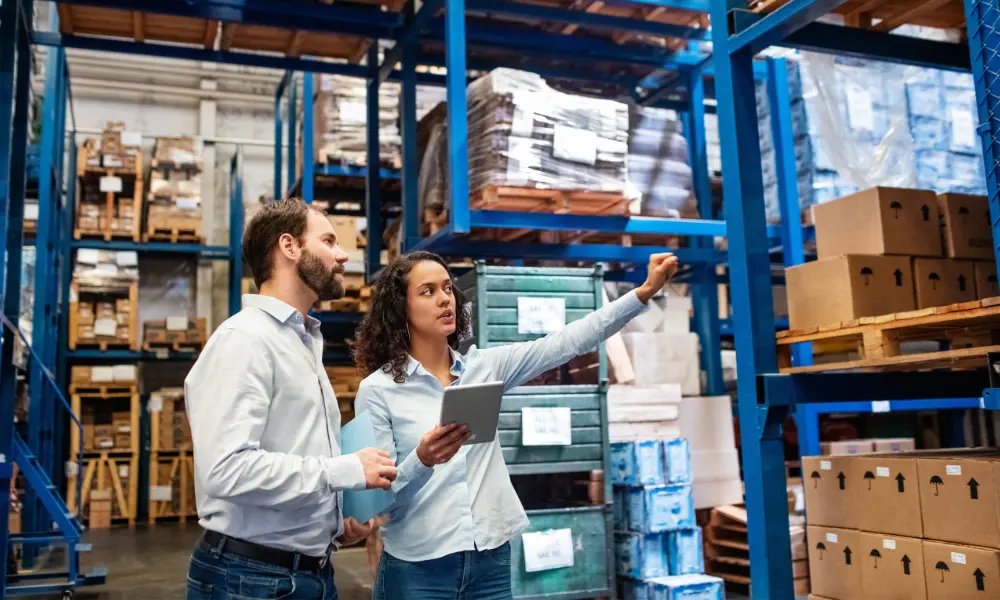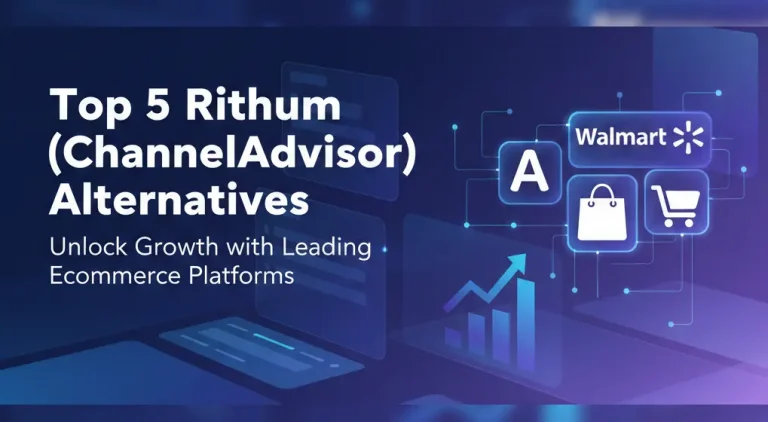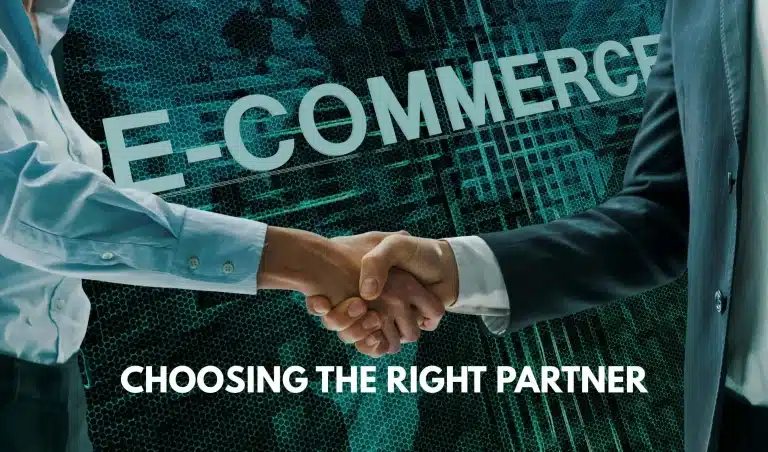
What Does Backorder Mean?
A backorder (or back order) refers to an item that is temporarily out of stock but still available for purchase. When a product is on backorder, it means the seller doesn’t currently have it in inventory but expects to receive more soon. Instead of marking it as “sold out,” businesses allow customers to place orders in advance.
Backordered meaning: Customers can reserve the item and have it shipped as soon as it becomes available again.
On backorder meaning: The item is pending restock and will be fulfilled at a later date.
This is different from permanently discontinued or unavailable items — backordered products are still in demand and expected to return.
How Does a Backorder Work?
Here’s a simple overview of how the backorder process typically works:
For Customers:
- You place an order for an item marked “on backorder.”
- The seller confirms your order and provides an estimated restock/delivery date.
- Your payment is processed (either immediately or upon shipment, depending on the store policy).
- The item is restocked by the supplier or manufacturer.
- Your order is shipped to you once the product is available.
For Businesses:
- You place an order for an item marked “on backorder.”
- The seller confirms your order and provides an estimated restock/delivery date.
- Your payment is processed (either immediately or upon shipment, depending on the store policy).
- The item is restocked by the supplier or manufacturer.
- Your order is shipped to you once the product is available.
Why Demand Forecasting Matters?
- Product demand exceeds available stock.
- The item is labeled as “backordered” in the inventory system.
- Customers continue to place orders.
- Inventory is replenished from vendors.
- Backorders are fulfilled in the order they were received.
Pro Tip: Businesses should clearly communicate restock dates to avoid customer frustration.
Backorder vs Out of Stock – What’s the Difference?
| Feature | Backorder | Out of Stock |
|---|---|---|
| Availability | Temporarily unavailable but purchasable | Not available and not purchasable |
| Order Status | Accepting orders | Not accepting orders |
| Expected Fulfillment | Delayed, future shipping guaranteed | No known restock date |
| Customer Expectation | Item will ship later | Item may not return soon (or ever) |
| Common Label | On Backorder | Sold Out” or “Unavailable |
How Long Do Backorders Take to Ship?
There is no universal timeframe, but here are average backorder windows by company/industry:
- Amazon backorders: 2–7 days (frequent restocks)
- LEGO backorders: 2–8 weeks (high demand or exclusive sets)
- Fashion brands: 1–3 weeks (based on seasonal cycles)
- Small retailers: 1–4 weeks depending on supplier speed
- Tech products: Up to 2 months during supply chain delays
Note: Always check the product page or your confirmation email for estimated delivery dates.
What Does Backorder Mean on Amazon or LEGO?
Amazon Backorders
- Amazon allows you to purchase some out-of-stock items with an expected delivery date listed.
- You’ll be notified by email if restocks are delayed.
- They typically charge at shipment time unless it’s a third-party seller.
LEGO Backorders
- LEGO frequently opens backorders for high-demand or limited-edition products.
- You’ll see a “will ship by [date]” notice.
- Payment is typically processed at checkout, even if shipping is weeks away.
Should You Purchase an Item That Is on Backorder?
Pros
- Guarantees your spot in the fulfillment queue
- Avoids missing out on limited or high-demand items
- Lets you plan ahead for restock arrivals
Cons
- Delivery delays (weeks or more)
- Immediate payment in some cases
- Uncertainty in exact arrival dates
Recommendation: If the item is something you truly want and restocks are confirmed, backordering is a smart move. For urgent needs, consider alternatives.
How to Manage Backorders as a Business?
Here are tips for handling backorders effectively:
- Enable Backorder Settings in Your Inventory System
Let your inventory software handle “on backorder” status and visibility on your site. - Communicate Clearly with Customers
Always show estimated ship dates and notify about any delays. - Prioritize Fulfillment Order
Ship based on order date to maintain fairness. - Offer Alternatives
Show similar in-stock products as recommendations. - Use Inventory Forecasting Tools
Anticipate high demand and replenish stock proactively.
Frequently Asked Questions About Backorders
Your order is placed normally, but the product ships once it’s restocked.
Yes! Suppliers sometimes restock ahead of schedule.
It depends. Some charge right away; others charge when the item ships.
If it’s a unique or limited item, waiting may be worthwhile. For common products, you may find faster options.
Manage Backorders With Confidence
Backorders are a normal part of retail and ecommerce. When managed well, they allow businesses to maintain sales and keep customers happy, even during supply gaps.
If you’re a seller, having the right inventory management software ensures smoother backorder handling and customer communication.
- Real-time inventory status
- Backorder tagging and alerts
- Forecasting and restock tracking
- Seamless ecommerce integration
» Talk to Us About Backorder Management


